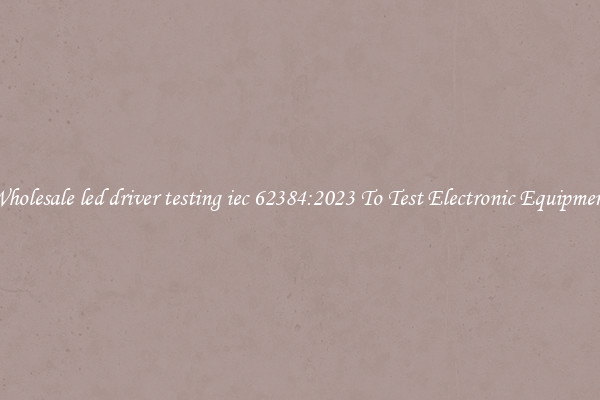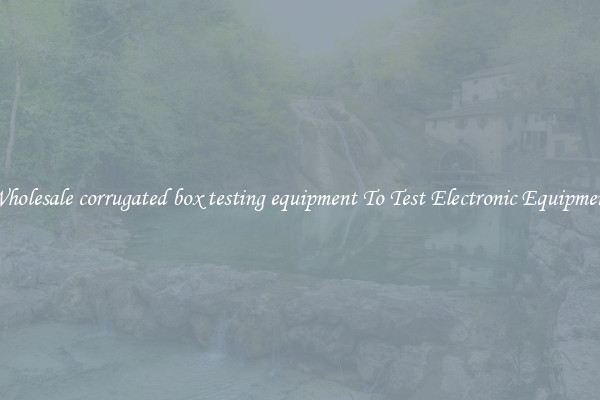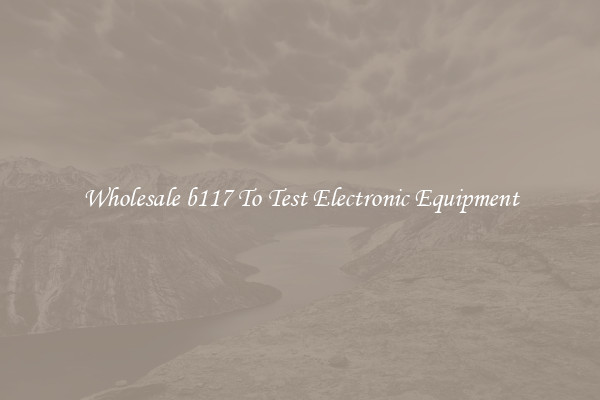Wholesale led driver testing iec 62384:2023 To Test Electronic Equipment
Wholesale LED Driver Testing: IEC 62384:2023 to Test Electronic Equipment

The International Electrotechnical Commission (IEC) has introduced a new standard, IEC 62384:2023, for testing the performance and reliability of Wholesale LED Drivers. LED drivers are crucial components of LED lighting systems, providing the necessary power and voltage regulation. The new standard ensures that these drivers meet the required safety and performance criteria.
Under this standard, LED drivers undergo rigorous testing to determine their functionality, efficiency, and reliability. The tests include assessing the electrical insulation, thermal endurance, earthquake resistance, and moisture resistance of the drivers. These tests simulate real-world scenarios that the LED drivers may encounter during operation, guaranteeing their ability to perform consistently and safely.
One of the key parameters tested is the electrical insulation of the LED drivers. This is crucial to prevent any leakage current, which can pose a risk to both the equipment and the users. Insulation resistance tests are conducted to ensure that the drivers meet the minimum requirements for safe operation. These tests also verify the driver's resistance to electrical shock, further enhancing their safety.
Thermal endurance is another critical aspect that manufacturers must consider while designing LED drivers. Due to their continuous operation, LED drivers generate heat, which can reduce their efficiency and lifespan. Temperature rise tests are performed to assess the drivers' ability to dissipate heat and maintain their optimal performance even in challenging environments. This testing helps identify any potential overheating issues and allows manufacturers to make necessary improvements to extend the driver's lifespan.
Furthermore, earthquake resistance testing evaluates the ability of the LED drivers to withstand seismic vibrations. This is particularly important for regions prone to seismic activities, as LED drivers need to remain operational and intact during an earthquake. Such testing involves simulating seismic vibrations and analyzing the drivers' structural integrity and performance during and after the event.
Moisture resistance testing is crucial for LED drivers, especially when they are installed in outdoor or humid environments. These tests involve subjecting the drivers to high humidity and moisture conditions to check for any potential corrosion, leakage, or short-circuits. LED drivers that pass these tests ensure reliable performance, long-term durability, and safety in all environments.
By complying with IEC 62384:2023, wholesale LED driver manufacturers can ensure that their products meet the highest industry standards. This not only demonstrates their commitment to quality and safety but also provides assurance to their customers, reinforcing trust and brand reputation.
In conclusion, IEC 62384:2023 plays a significant role in the wholesale LED driver industry by providing a comprehensive testing standard. LED drivers that adhere to this standard go through stringent testing protocols to verify their performance, efficiency, and safety. By implementing these tests during the manufacturing process, manufacturers ensure that their products meet customer expectations and withstand various challenging scenarios. Ultimately, compliance with this standard boosts the reputation of wholesale LED driver manufacturers and contributes to the overall advancement of the LED lighting industry.

View details

View details

View details

View details








